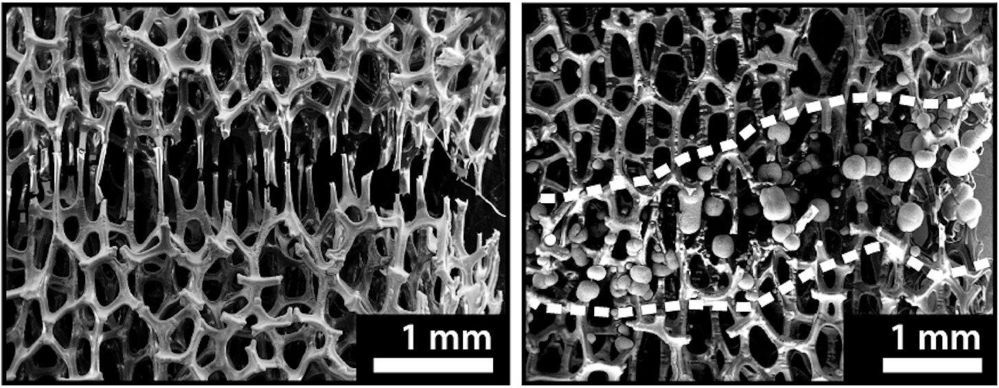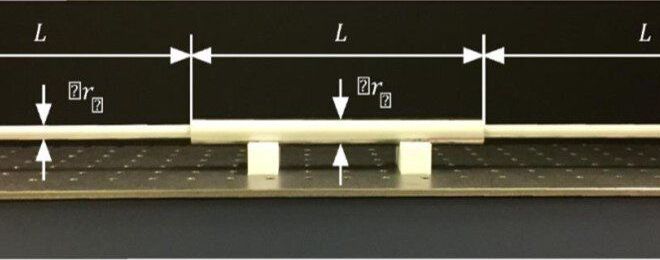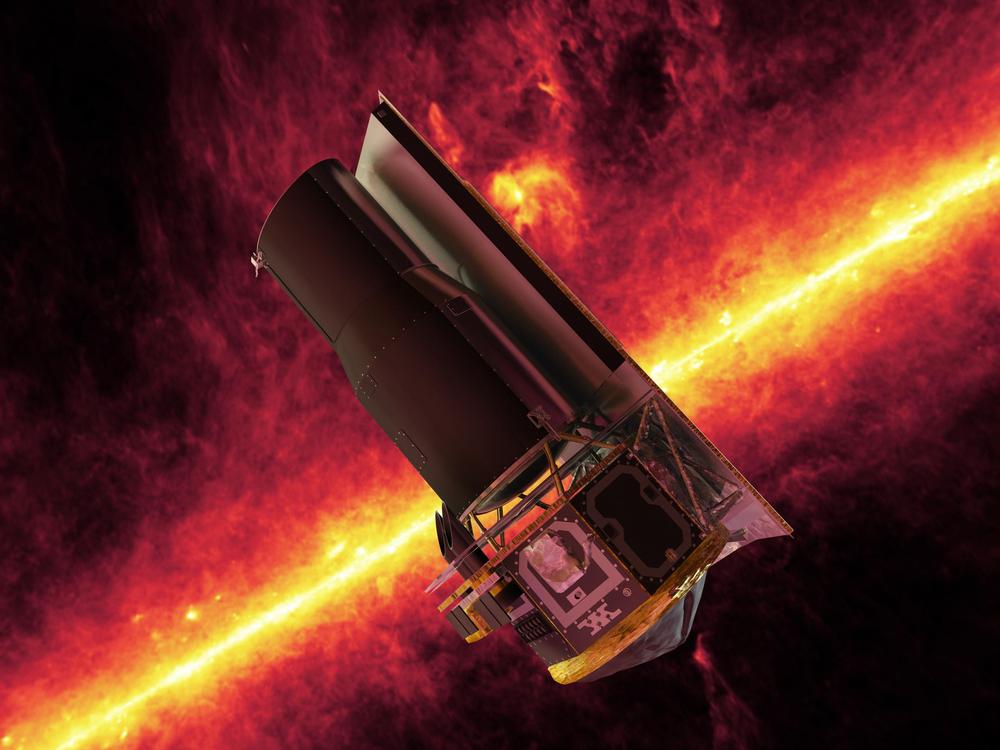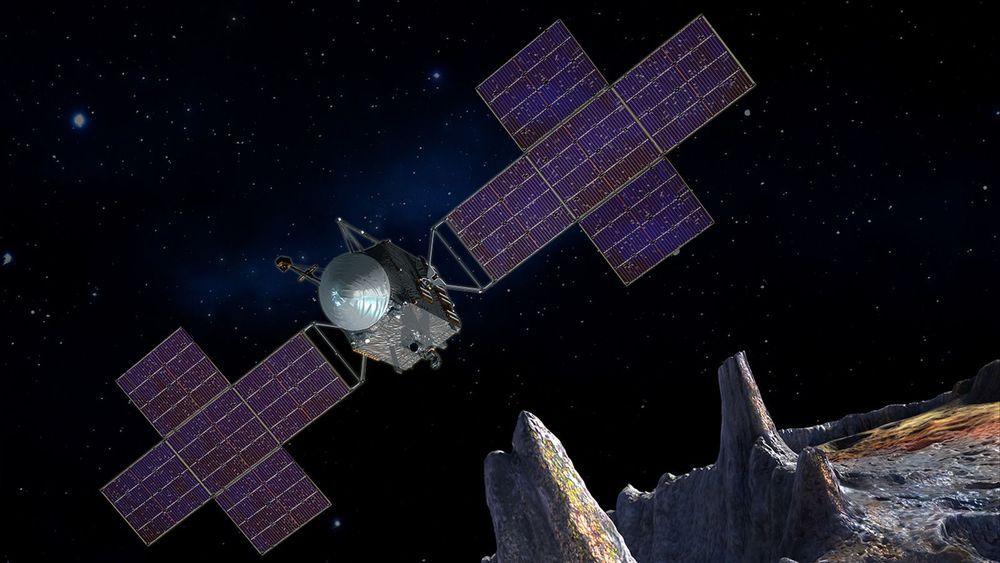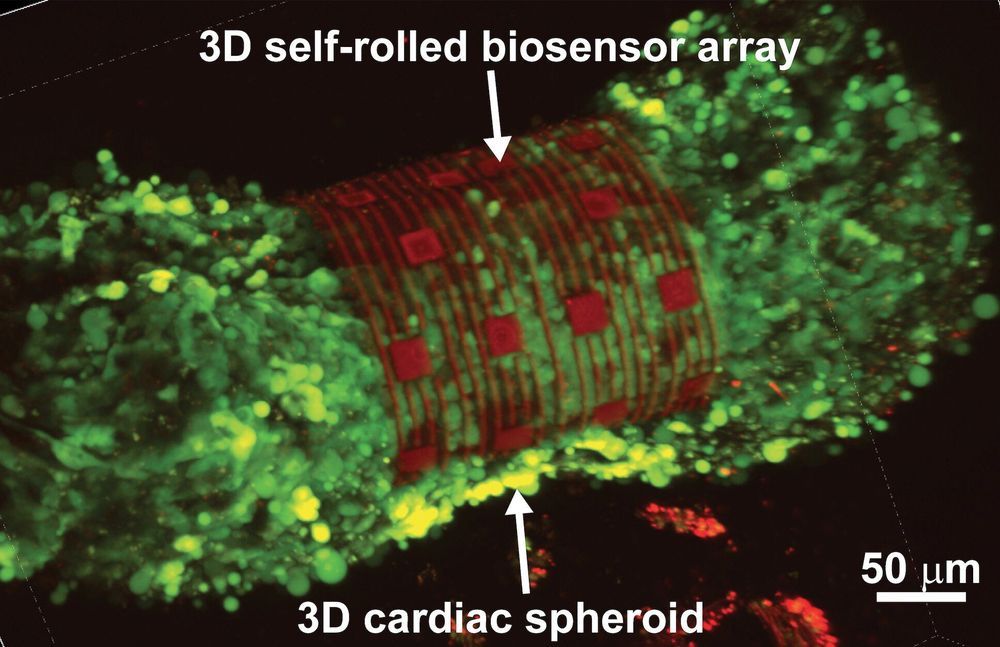Aug 30, 2019
Engineers develop bone-like metal foam that can be ‘healed’ at room temperature
Posted by Omuterema Akhahenda in categories: energy, engineering
Bone like foam created by researchers is showing Wolverine like healing properties.
For 6,000 years, humans have been making things from metal because it’s strong and tough; a lot of energy is required to damage it. The flip side of this property is that a lot of energy is required to repair that damage. Typically, the repair process involves melting the metal with welding torches that can reach 6,300 °F.
Now, for the first time, Penn Engineers have developed a way to repair metal at room temperature. They call their technique “healing” because of its similarity to the way bones heal, recruiting raw material and energy from an external source.
Continue reading “Engineers develop bone-like metal foam that can be ‘healed’ at room temperature” »
